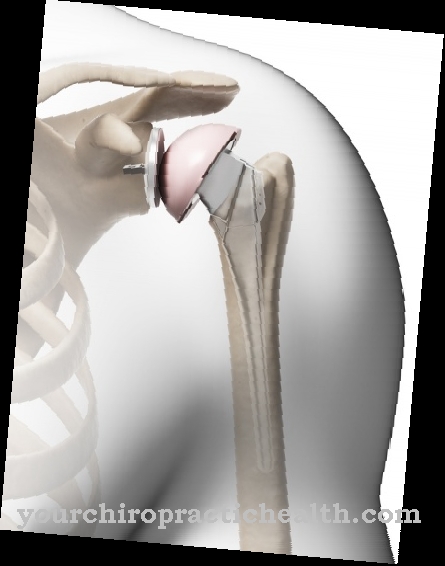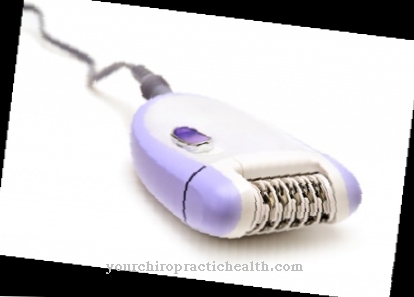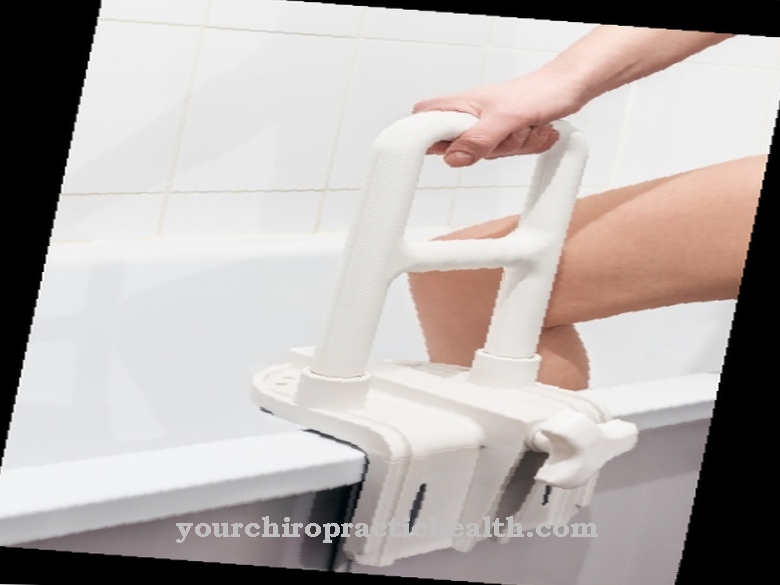Massagers are used by private users as wellness devices and can induce relaxation. In addition to mechanical devices, there are electromechanical devices, some of which contain sensors. In order to achieve a physically health-promoting effect, a masseur is usually used instead of equipment.
What is a massager?

With massage devices, users can enjoy a massage without an actual masseur. Massage devices are now available for different regions of the body. In addition to devices for the head and feet, there are devices for full body massage, for example. Usually these are loungers, armchairs or pillows and beds.
Massage devices are either mechanical or electromechanical. Depending on the version, the devices are capable of performing pressure massages, tapping massages or kneading massages. As a rule, massage devices are intended for private use. Nonetheless, massage chairs in particular can also be found in massage studios or in public facilities, where a coin is used to pay for the massage.
The desired goal of the massage is usually relaxation, which may be associated with pain-relieving and blood circulation-promoting effects.
Shapes, types & types
A main difference between individual massage devices is the way they are operated. Mechanically operated devices are operated manually. Mechanical foot massage devices in particular are widespread. These mechanical variants are usually equipped with rollers or cylinders made of wood. Many devices for head massage are also designed as mechanical versions. Curved wires come from a handle. Usually such devices are referred to as head crawlers.
The electromechanical massage devices, unlike the mechanical ones, are powered by electricity and are usually largely automated. This means that the operator only has to make little effort to use it. The massage heads or vibrators in electromechanical devices are moved automatically at the push of a button and the operator can lean back and relax during the massage, as manual work is completely spared.
Medical devices are sometimes used for certain massage devices. However, this name says little about the quality or even the health-promoting effect of the massages.
Structure & functionality
Electromechanically operated massage devices such as most massage chairs, massage mats or massage cushions are usually equipped with several rotating massage heads. In most models, the direction of rotation and the frequency of the rotary movement in front of the massage unit can be adjusted steplessly or steplessly.
Massage cushions are usually constructed either as seat cushions or as neck cushions and have an ergonomic shape. In massage chairs, individual air cushions sometimes inflate and deflate at the push of a button. In part, air currents are generated in this way to achieve the massage effect.
In most cases, electromechanically operated massage devices can be controlled with a remote control. This often allows a change in the intensity or the part of the body even during the massage.
Some modern massage chairs are again equipped with integrated sensors that scan the user's body before the massage. After this analyzing scan, the devices adjust their massage program to the scan results. In still other cases, the user can only choose from preset massage programs.
Purely mechanical massage devices differ from electromechanical devices in that they require action from the operator himself. The most famous mechanical devices are those used for foot massage. Most of these devices carry more than ten rollers made of dimpled wood. The massage effect is achieved when the operator puts his feet on the rollers and moves his legs forwards or backwards. The user himself decides on the intensity of the massage by applying more or less pressure with his feet.
You can find your medication here
➔ Medicines against tension and muscle painMedical & health benefits
Massage devices are more wellness devices than medical devices. Nonetheless, they can have health benefits, as massages have a relaxing effect and can relax muscles or stimulate the nervous system. Vibration massages, for example, are sometimes ordered for patients with diseases of the central nervous system, as the nerve conductivity can be improved via the vibrations. However, especially if there is previous damage to the nervous system, the use must be discussed with a doctor.
Especially electromechanical massage devices for the neck area should be used with caution. The pyramidal and extrapyramidal pathways, which play an important role in motor skills, run in the neck. Massages that are too violent or incorrect at this point can cause damage. Therefore, especially for the area of the spine, a massage from a professional masseur is more likely to be prescribed than the use of automated and electrically operated devices.
Purely mechanical massage devices for the soles of the feet should be able to stimulate the reflex zones. The health benefits of this stimulation, however, are controversial. Equally controversial is the statement that massage devices can cause endorphins and thus general wellbeing. This perception strongly depends on the quality of the device and the preferences of the user.
A blood circulation-promoting effect has been confirmed to a certain extent for the use of certain massage devices. The stimulated blood flow presumably also facilitates muscle relaxation, which can have pain-relieving effects in the case of complaints such as muscle cramps.
In general, the use of massage devices and even medical massage devices in the private sector is only recommended if there are only slight and unspecific muscle complaints. For all other complaints and even illnesses, the advice and diagnosis of a physiotherapist is usually consulted before using any equipment.

























.jpg)


